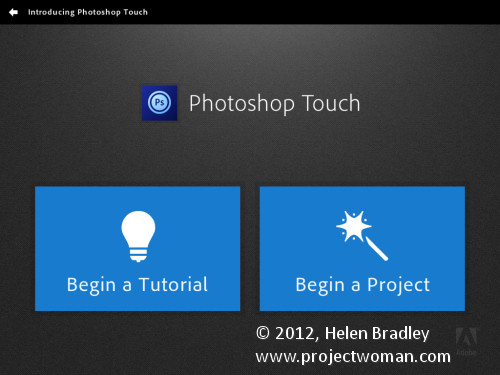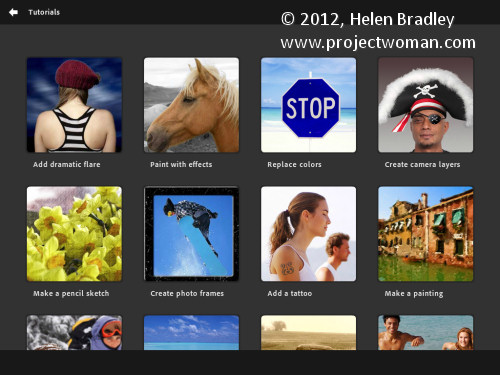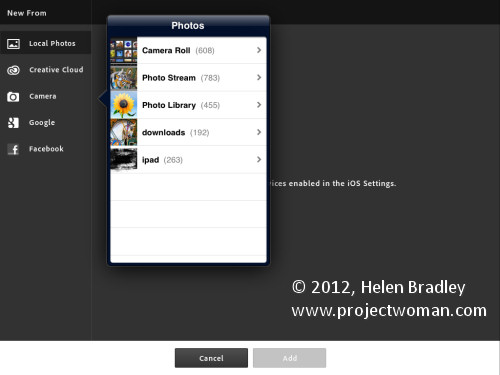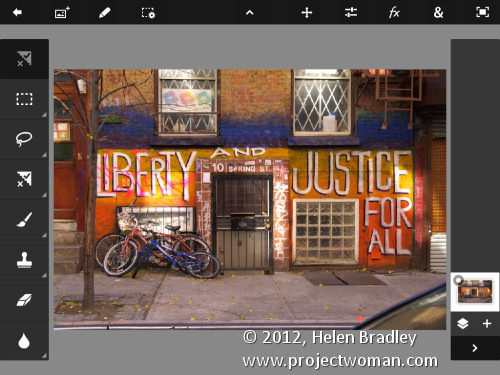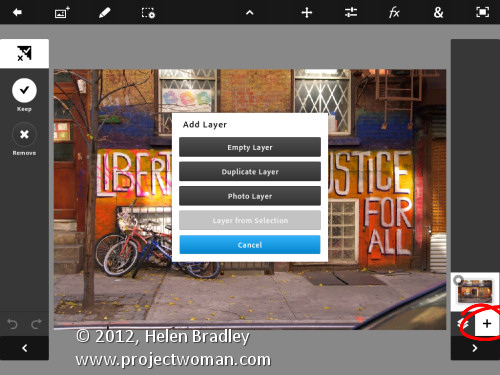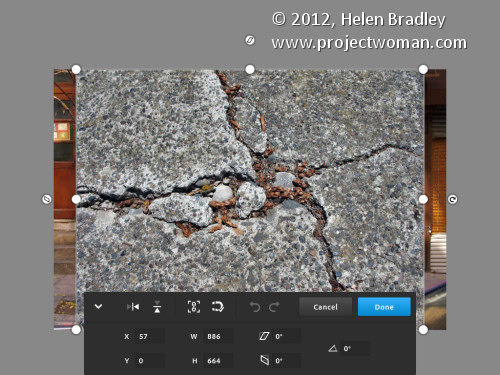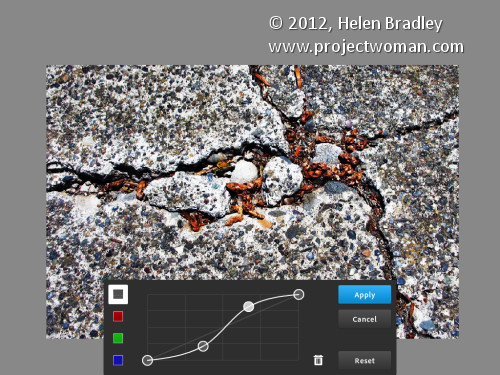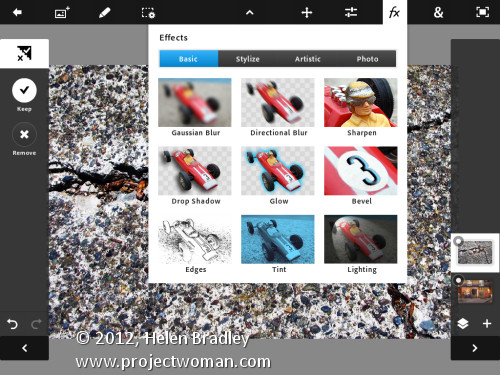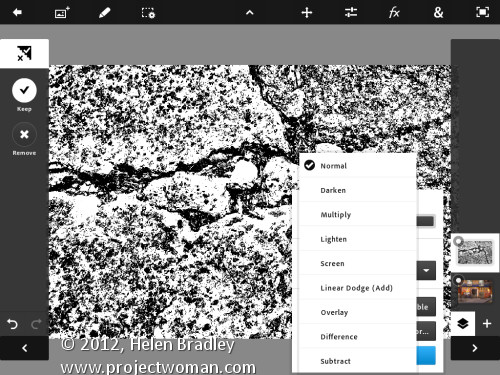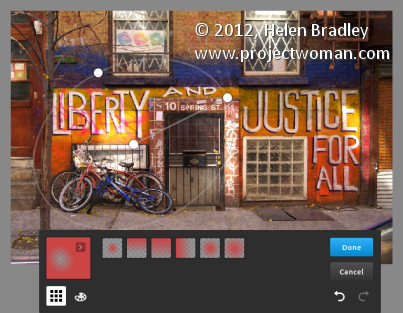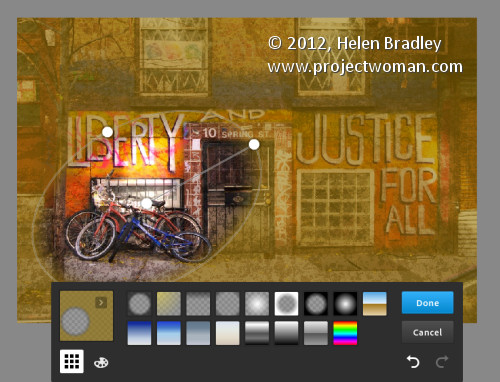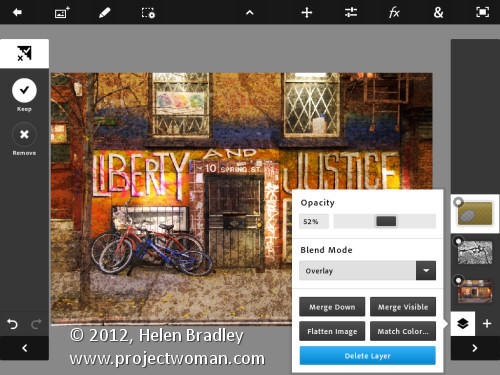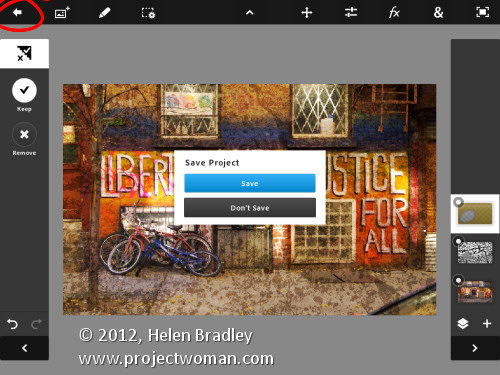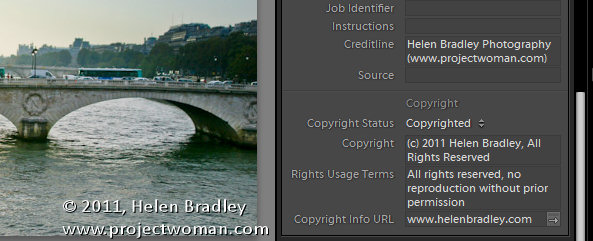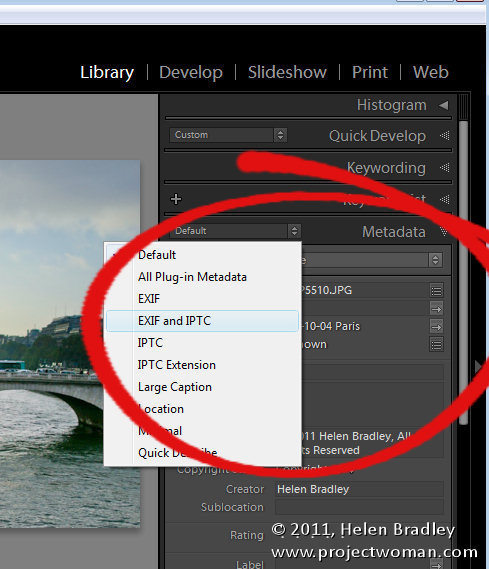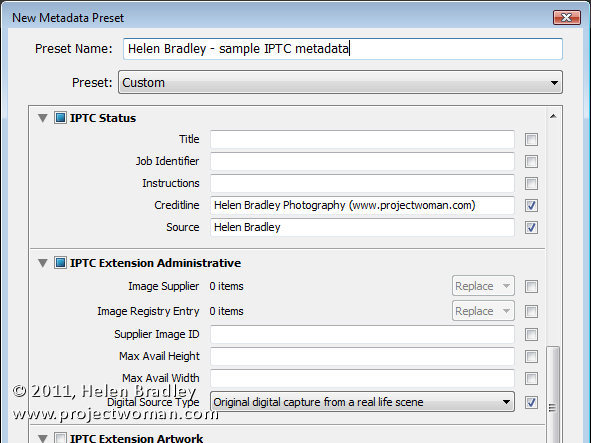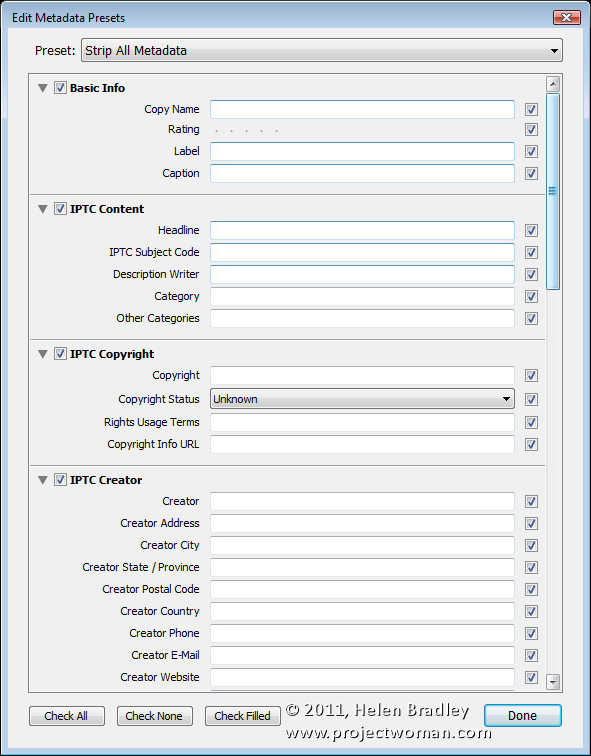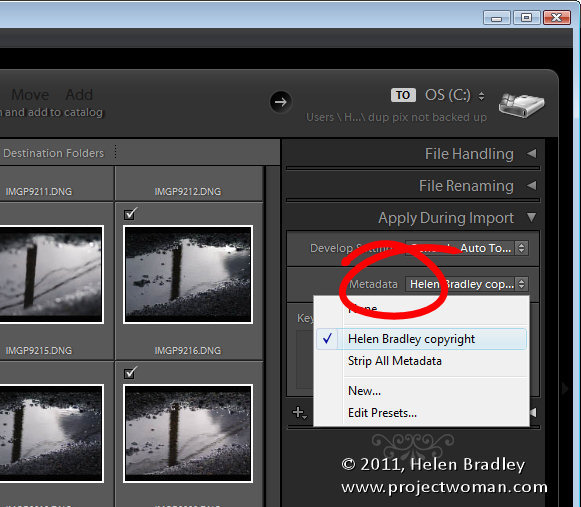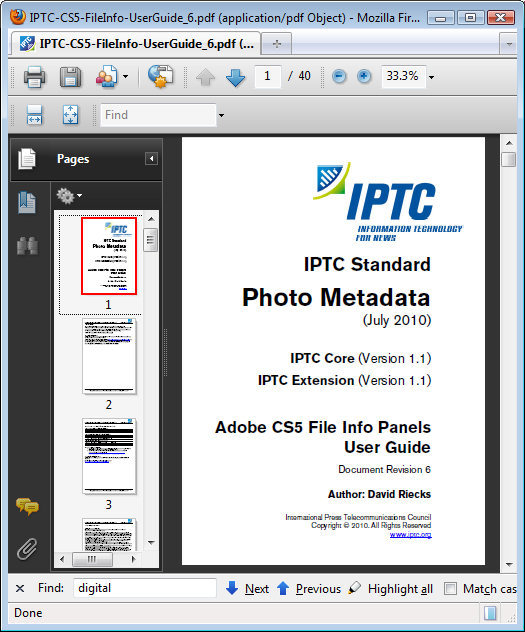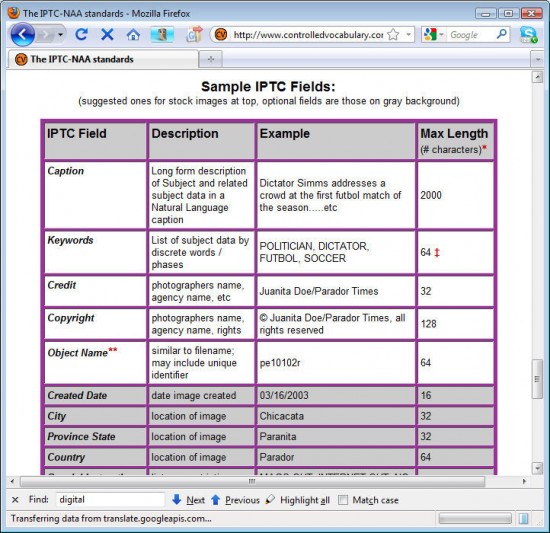Create the Droste Effect in Photoshop CS4 or CS5 or CS5.5 (not supported in CS6). Uses Bender and the Droste Filter.
Check out all our tutorials on our YouTube channel.
Complete transcript of this video:
Hello, I’m Helen Bradley. Welcome to this video tutorial. I’m going to show you here how to create the Droste effect using Pixel Bender in Photoshop. Now you need Photoshop CS4, CS5 or CS5.5. This does not work at the time of recording with Photoshop CS6. Before we start creating the Droste effect let’s have a look and see what it is that we’re trying to achieve. And this is the Droste effect that we’re going to create. And you can see it’s just a set of repeating images inside of each other. They’re actually based on a cocoa company’s advertisement. Their box had the cocoa packet being repeated within itself. And it’s been named the Droste effect because of that. Now we’re going to do it using Pixel Bender which is not being supported in Photoshop CS6. And in the description of this video on YouTube you’ll find that there is details about where you can get Pixel Bender and how to install it. So I’m assuming that you’re working with Photoshop CS4, CS5 or CS5.5 and that you have Pixel Bender installed and the Droste filter installed. So let’s get going with this. Let’s just put this image aside and we’ll go and get our original image. As I said it works particularly well when you have somebody off center so let’s just zoom out of this image a little bit. And the first thing we’re going to do is to add some extra area around the image. And I’m going to do this using the crop tool. So I’m going to select the crop tool, select over the image and then hold Alt or Option and then just drag out to create some extra canvas around the area of this image and just click the checkmark here. Now the canvas has come in with the current background color which has suited me really well because that gives me a white edge. Let’s flip these colors around and let’s go and do the same thing. Again, Alt or Option, and this time I’m only going to add a very small black canvas. Now you can do this any way you like. I just want to do it the quickest way possible. So now we have an image that is a black and white frame around our image. We’re going to go and see just how big this image is, reading it off with Image, Image Size. And the image is 1,076 by 905. Now this is an important because the filter needs to know this. So you’ll want to write this down. And we’re ready to get started with the filter. So we’re going to choose Filter and then Pixel Bender and then Pixel Bender Gallery. Now we already have the Droste filter selected. If you haven’t used this filter before you’ll probably have something like Cassini so you’ll just want to go down and select Droste. And this is the Droste effect. And we’re just going to first of all regardless of what it looks like here we’re going to start with entering the values that we read off for the size of the image. So it’s 1,076 by 905. And then we’ll adjust things like the radius inside and radius outside when we actually need to. We’re going to leave strands ate 1 and periodicity at 1. Strands and periodicity are the number of times that this will rotate. So if we send it up to 2 you’ll see that we get something that’s actually got two rotations. We don’t want that for this effect. We really only want one. And periodicity at 1 is fine too. The zoom is going to allow us to zoom in or out of this image. And at the moment we’re just going to leave zoom all the way out. Center is going to center the image itself. So when I drag on this the image rolls over, not the center of the actual portion of the image that we’re working with. You can see that if I just center shift I’m getting a very different effect on the image. Now center shift is something that I typically will adjust because I want to make sure that she is sitting opposite the image and the image is not actually over the top of her which it would be here. I’m going to adjust the rotation because at the moment it’s rotated at an angle and I really want it straight. So I’m going to rotate it a bit so that she is straight up and down. And having done that I want to bring the center of the image down. So I’m just going to adjust the vertical and perhaps also the horizontal so that I get the effect that I’m looking for. And I can combine that with zoom. Background RGBA is just the background of the image if this were showing any background, which it’s not. And levels and levels start you just don’t need to be working with at all. Transparent inside just makes it circular so we don’t want to use that. There’s really nothing below these settings that we’ve been working with that we really even want to see. So let’s just check and make sure that we’re getting the result that we want. Perhaps adjust these radius values to get a bigger image. And I’m thinking I like that a bit better, straighten it up with the rotate, perhaps move the center a little bit. And when we’re happy with the result that we’ve got, we’re just going to click Ok. And there’s our finished Droste effect. If we added some more levels we would see some more repeats in here. You can see that the repeats have sort of stopped. So we could go back and add more levels and that would give us a better result. Let’s just go and do that because all our settings will be still in place. And so what we’ll do is we’ll just increase the number of levels here and click Ok. And that’s giving us more repeats in the image here. But there’s the Droste effect filter created using the Pixel Bender plug-in in Photoshop CS4, CS5 and CS5.5. I’m Helen Bradley. Thank you for joining me for this video tutorial. If you liked this video please give it a thumbs up in YouTube. You’ll find more video tutorials on my YouTube channel and look out at projectwoman.com for more tutorials and articles on Photoshop, Illustrator and Lightroom.



